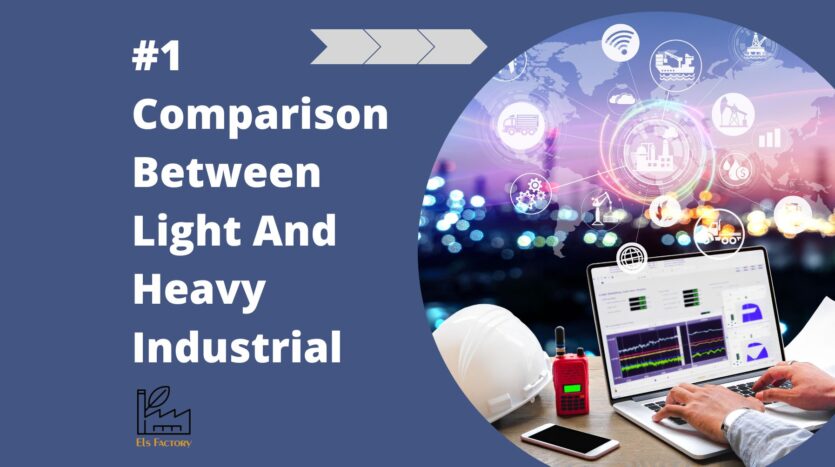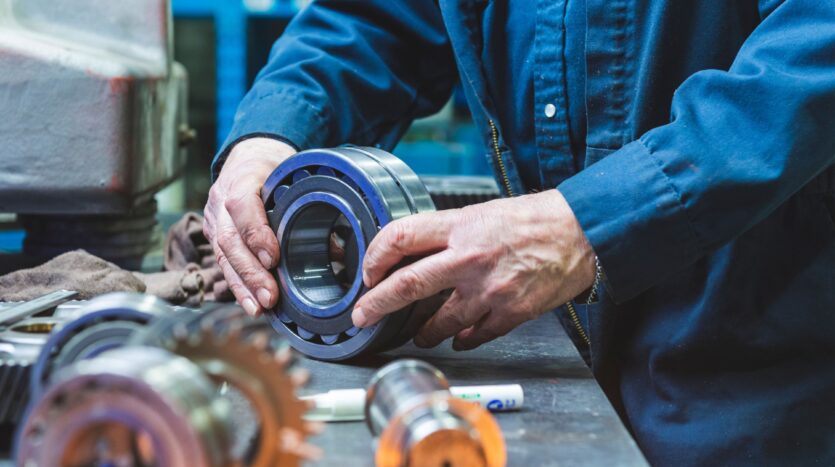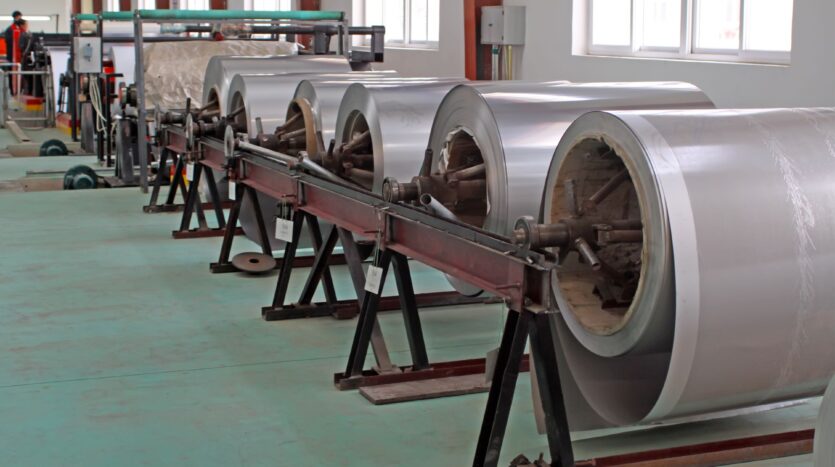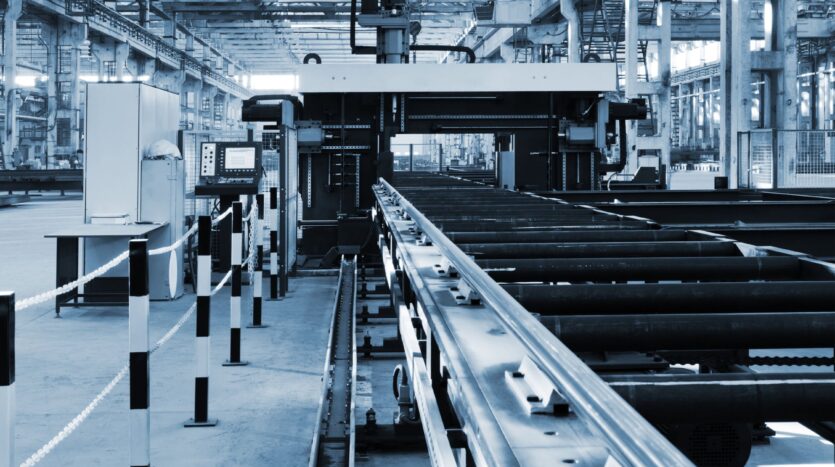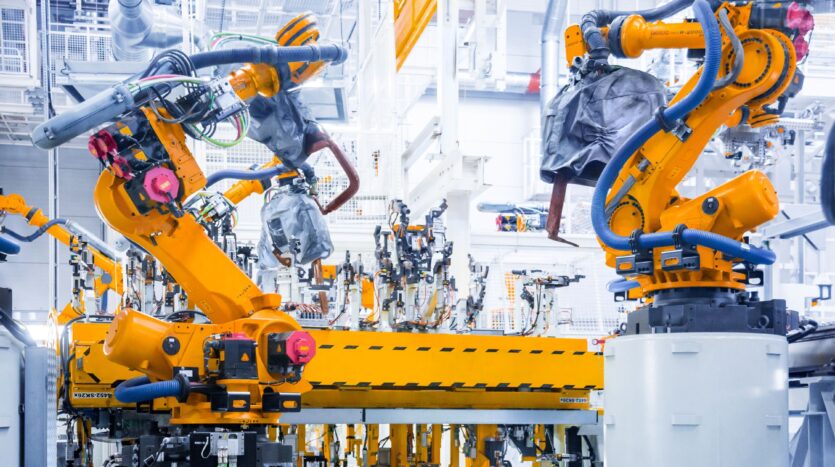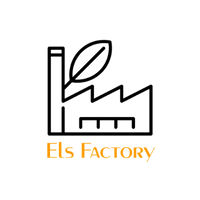Thinking of going into the business related to industrial? There are two forms of industrial, which are light and heavy industrial. Before you step into the industry, you will need to understand the difference between the two.
If you are unsure of the difference between light and heavy industrial, we will make some comparisons in this article. You will be able to know more about it and know which is the right location for you to set up your business. Sometimes it can affect the decision if you want to buy or rent a factory. Or even if you’re going to buy land to set up your own factory.
Let’s not waste time; here is the comparison you should know before setting up your business.
What Is Light And Heavy Industrial?

No matter light industrial or heavy industrial, they are forms of an industrial process that require an initial supply of raw material to transform into consumer goods for the final consumer or semi-processed goods for subsequent industrial processes.
There are various ways to classify light and heavy industries. The difference between these two is based on the tonnage of raw material necessary to undertake production. Also, the operation will be carried out during the process.
Features Of Light Industrial and Heavy Industrial
Manufactured Goods in Light Industrial And Heavy Industrial
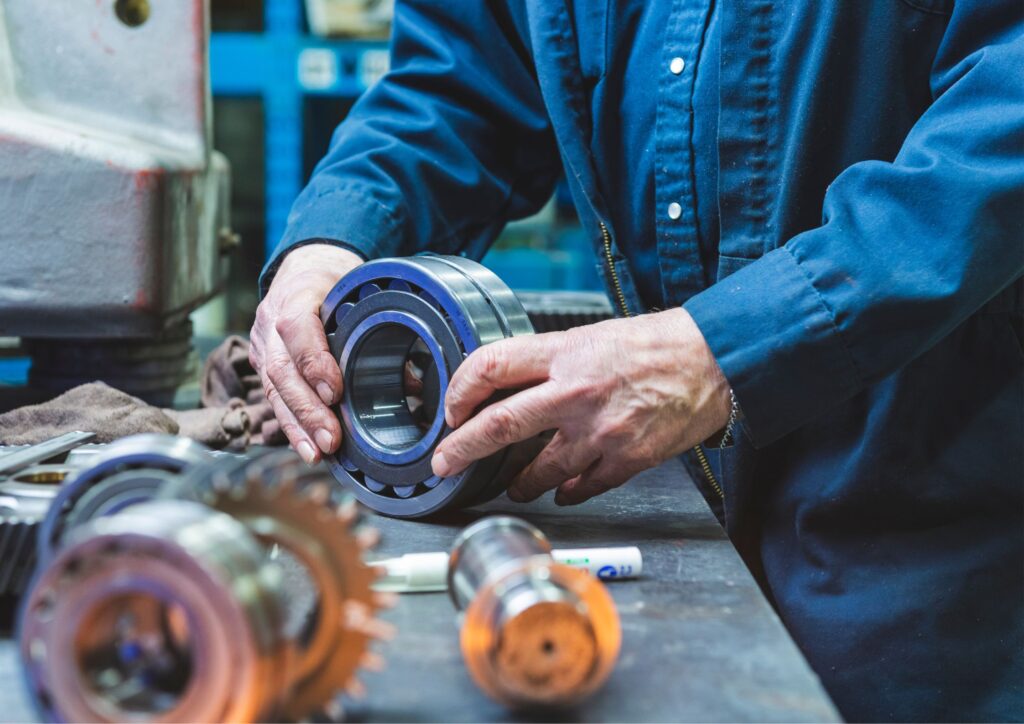
Basically, the goods produced in the light industry are targeted at the final consumers. It usually uses partially processed materials. For example, if you set up a tobacco company, you will receive the tobacco leaf and produce the packaged cigarette. After you have processed it, it will be ready for sale.
While heavy industrial will have to generate semi-processed materials, they are served as inputs to secondary industrial processes. For example, if you are in the iron industry, you will extract the ore and process it into sheets. These sheets will be used to produce objects and spare parts.
Required Raw Materials in Light Industrial And Heavy Industrial
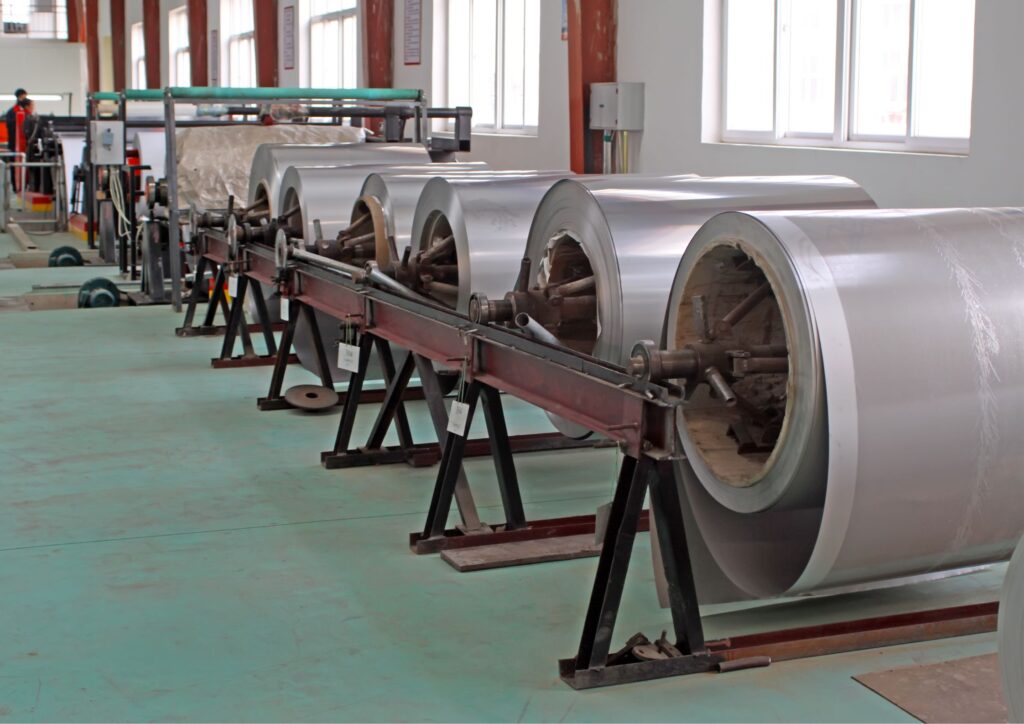
As heavy industrial will be generating semi-processed material, they are focused on extracting and/or physicochemical processing of certain raw materials. Manufacturers will need tons of elements and require large doses of elements to process them, such as energy and water.
While light industrial uses partially processed material to produce their product and directly target the final consumer, they will need a moderate injection of simpler materials.
Industrial Site in Light Industrial And Heavy Industrial
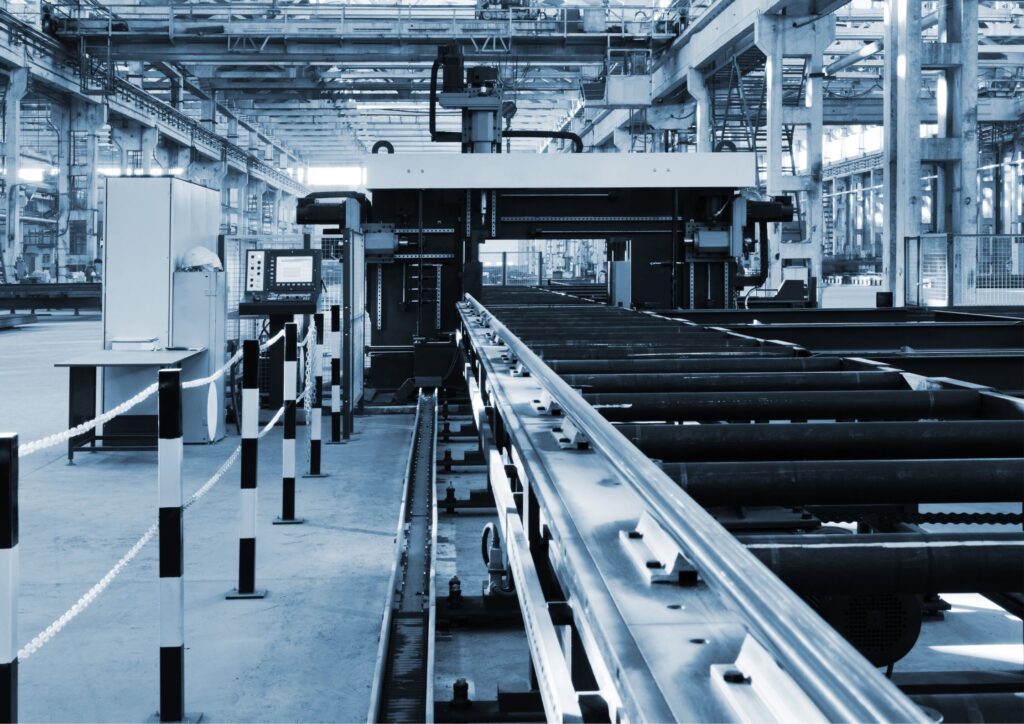
Processed goods are different from light industrial and heavy industries. The requirement for the industrial site will have a big difference. The location and quantity of labor requirements in heavy industry will be much higher than in the light industry.
There will be heavy manufacturing processes in the heavy industry. You will need much more effort to deal with the amount of transformation process of the raw material. Normally, the manufacturer will locate their plant near places where they can easily get the materials or near ports where they can receive them.
While their manufacturing process isn’t that heavy in the light industries, they will require smaller facilities, less manpower, and fewer energy resources. Since their products aim at the final consumers, they prefer to locate their plant in the vicinity of the market closer to their final consumers.
Areas Of Occupations in Light Industrial And Heavy Industrial
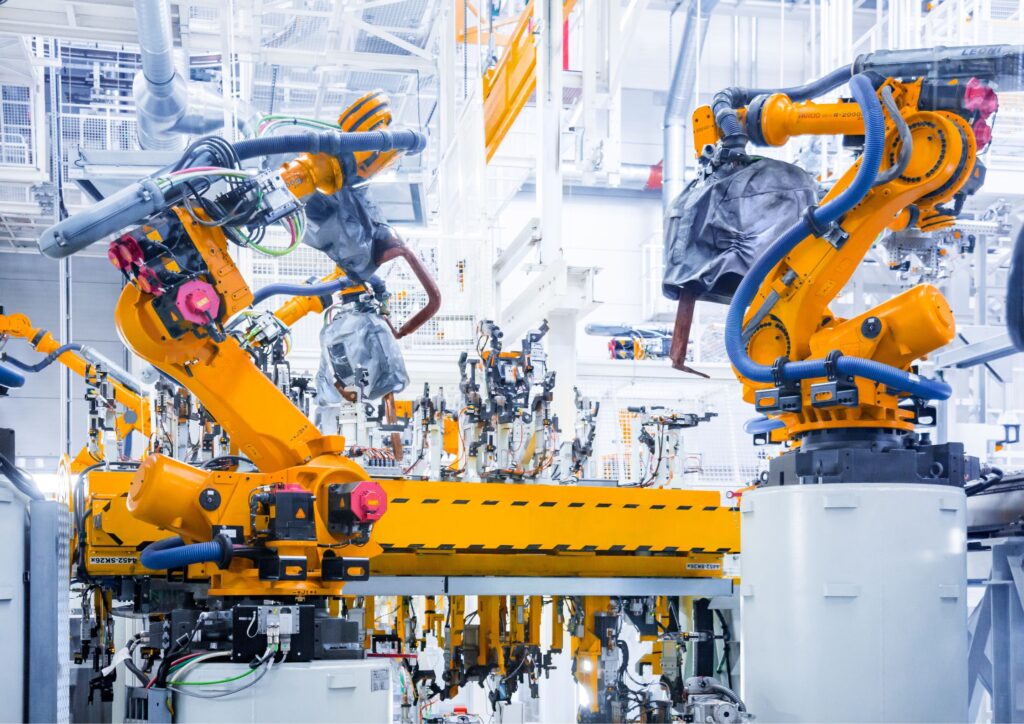
The areas of interest can vary for light industry and heavy industry. For the light industry, it can be endless. The daily consumption that we use can come from one of them. The preferred areas are usually food and beverages, clothing and footwear, tobacco, textiles, and the publishing sector.
It can vary for heavy industry. Heavy industry can be classified into four types according to their areas of interest:
- The extractive industry. It deals with the extraction of raw materials and their initial processing. Areas include mining, agriculture, wood, and paper production.
- The cement industry. It is dedicated to transforming different types of resources into lime and cement. It is important in the construction sector.
- The steel industry. Produce many intermediate goods with minerals, alloys, and refinements: basic tools, metal plates, tubes, etc.
- The chemical industry. They handle complex substances obtained through specialized processes, such as fuels, salts, acids, fertilizers, plastics, explosives, rubber, and pharmaceuticals. It also deals with petrochemical processes.
Participation In The Local Economy For Light Industrial And Heavy Industrial

The impact on the local economy can be different for light and heavy industries. For heavy industry, their main concern will be the variations in the raw materials price related to the world economy and any secondary industrial expansion.
While the light industry focus on targeting the final consumers, they support the market of the consuming public. It will depend on the internal consumption. Their biggest problem comes when there is a crisis, and they are often the first ones to suffer from the effects of the crisis. This is because the consumption decreases and slows down their activity. There will be a lower demand for raw materials transmitted to the heavy industry.
Challenges Of Today’s Light And Heavy Industry

The various types of industries will need unprecedented levels of specialization in the contemporary economic systems as they face all the technologies nowadays. It is facilitated by the development of automation. The industries will need a much more trained workforce.
As the latest generation is more on technological goods, the growth of the electronic industries has exploded. The raw materials continue to fluctuate according to many factors, such as political, historical, and social factors. All these factors will not be able to achieve stability.
Here are some of the comparisons between light and heavy industries. You will want to consider some of the characteristics when choosing the factory size or even buying your own land, as different areas will need different spaces. You will also want to consider the local economy if it will impact the area of the industry you want to enter.
Contact Us
I hope you all find this article helpful. Els Factory provides a one-stop solution for Johor factory and land seekers, including built-to-suit warehouse solutions, and offers a comprehensive list of for-sale and rental factories and land.
Els factory has served over 300+ Businesses, with 30 years of experience in Industrial Real Estate Consultancy. With our industrial knowledge and years of experiences in selling or renting factories in Johor, our professional team are providing professional advises and solutions for you.
To Buy & Rent Johor Factory, Warehouse & Land, especially for MNCs looking to set up businesses in Johor, click here to contact us!

